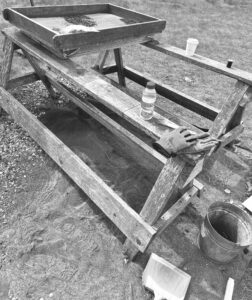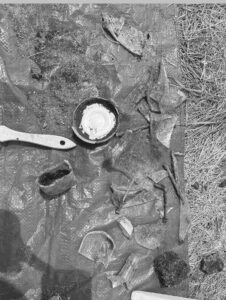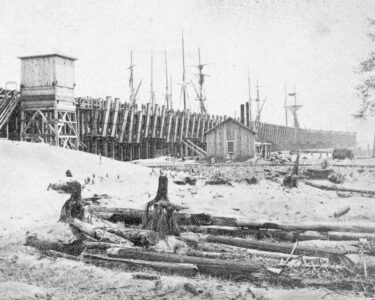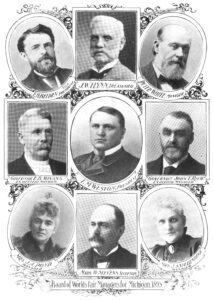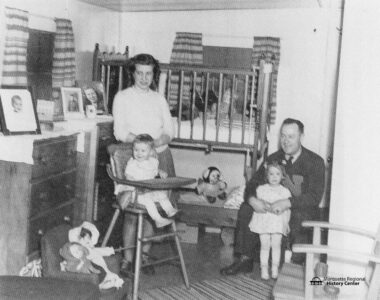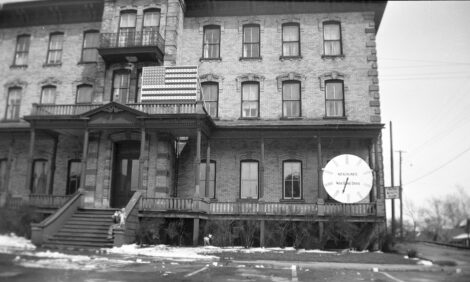Hands-on learning for NMU students: Beaver Island archaelogical dig teaches, discovers history
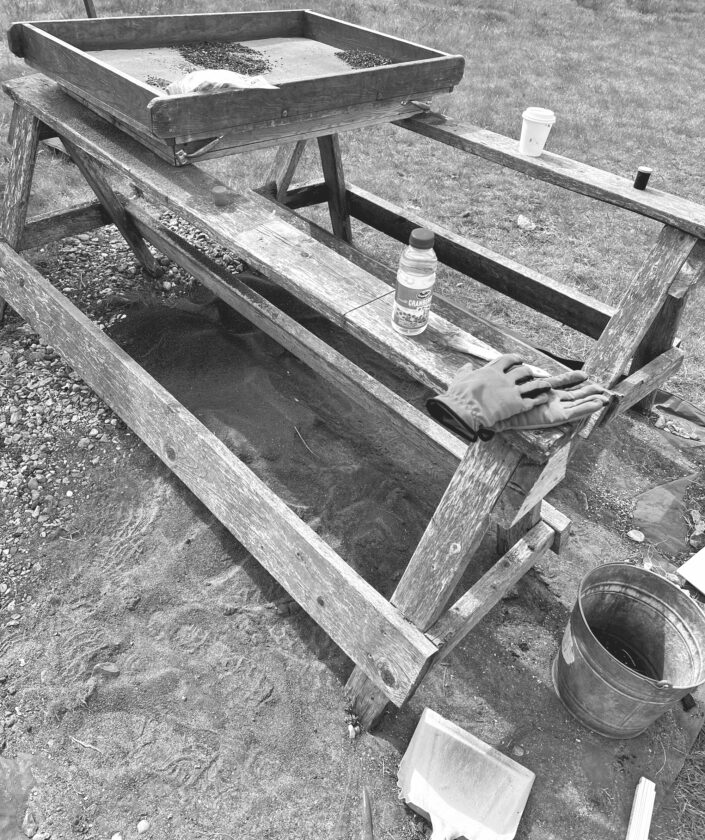
This is some of the work done at the Beaver Island archaeological site by the Northern Michigan University Archaeology Department in northern Lake Michigan between Michigan’s Upper Peninsula and Lower Peninsula. (Photo courtesy NMU Anthropology 2025, via the Marquette Regional History Center)
- This is some of the work done at the Beaver Island archaeological site by the Northern Michigan University Archaeology Department in northern Lake Michigan between Michigan’s Upper Peninsula and Lower Peninsula. (Photo courtesy NMU Anthropology 2025, via the Marquette Regional History Center)
- These are some of the artifacts found at the Beaver Island archaeological site by the Northern Michigan University Archaeology Department in northern Lake Michigan between Michigan’s Upper Peninsula and Lower Peninsula. (Photo courtesy NMU Anthropology 2025, via the Marquette Regional History Center)
Located about 32 miles northwest of the northern Lower Peninsula city of Charlevoix, the island is the largest island in Lake Michigan and third largest island in Michigan.
Students stay at Central Michigan University’s Biological Center for four weeks while they learn various field and lab methods that will prepare them for a career in archaeology and even forensic science.
I participated in the 2025 Field School when two sites were excavated — the location of an 1830s North West Company trading post on the western side of St. James Harbor and another trading post from 1838-45 run by Alva Cable on the eastern side of the harbor at Whiskey Point. The research goal during the field school was to find where these trading posts were once located.
The purpose of an archaeological field school is to teach students methods in things like excavation and surveying. We started learning how to shovel probe, a survey method, and began a unit on the beach to practice first. An archaeology unit is a specific, defined area of excavation or survey.
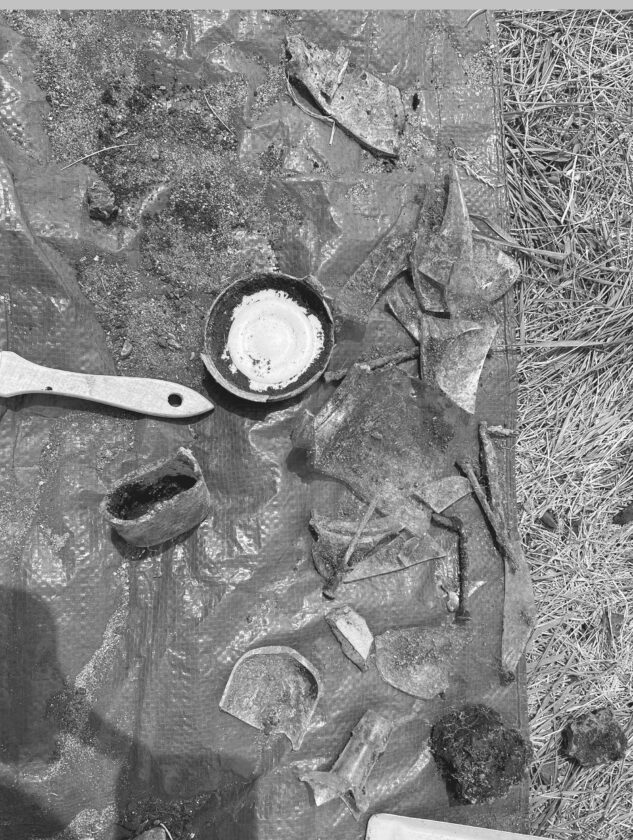
These are some of the artifacts found at the Beaver Island archaeological site by the Northern Michigan University Archaeology Department in northern Lake Michigan between Michigan’s Upper Peninsula and Lower Peninsula. (Photo courtesy NMU Anthropology 2025, via the Marquette Regional History Center)
Soon afterward, we opened our units at the Alva Cable Trading Post site. Our typical day started with getting to the site by 8:30 a.m., working in the field until 4 or 5 p.m. Dinner was at 6:30 and lab work followed until 8 to 9 p.m. A couple of days were set aside to explore some of the interesting places Beaver Island has to offer, like the Toy Museum and a visit to the snakes on the south end of the island.
My group’s unit, 7B, was an extension of Unit 7 that was excavated in 2023. We learned how to excavate in 10-centimeter increments, how to map “in situ” artifacts, and how to sift through the dirt to find smaller artifacts.
Artifacts are “in situ” when they are still in their original location. In the lab, we learned how to clean artifacts through wet and dry brushing methods, as well as how to catalog each one. Other methods learned involved shovel probing and surveying.
Our unit contained the remains of what we think was once a privy. Artifacts like broken dishes, food scraps, and personal items such as buttons and eyeglasses gave us evidence that this area was used for waste products. The presence of a foundation and gravel fill also helped us determine its intended use. Diagnostic artifacts such as glass bottles and ceramics helped us date the privy sometime between 1880 and 1910.
The field school provided many challenges that quickly turned into learning opportunities. Aside from the challenges of the actual work being done, it was difficult to be in a remote place, away from my loved ones and usual comforts at home, for four weeks. Throughout the month, I learned how to live rustically and began to understand what island life is all about.
While field school requires hard work and overcoming challenges, I learned more than I ever thought I would learn about archaeology in just one month and had so much fun. I am so grateful I had the opportunity to participate.
To learn more about archaeology, join me and other booth exhibitors at the Marquette Regional History Center’s 13th annual Archaeology Fair on Saturday, Oct. 18, from 11 a.m. to 3 p.m. All are invited.
I will see you at my NMU Field School Beaver Island booth. This open house-style event is included with regular museum admission — museum sponsor members are free, regular adult admission $10, seniors and military, $8, students $4, which includes college students with ID. Children ages 12 years and under are $3, while Museums for All EBT Cardholders are $5 for adults and free for children ages 17 and under.
Join the MRHC and hundreds of organizations around the world to celebrate International Archaeology Day. Discover how our fair has grown over 13 years, providing a look at archaeology in our Upper Midwest region and worldwide. Multiple booths both indoors and outdoors feature various displays and activities with hands-on learning for all ages.
Jaiden Cunningham is a Northern Michigan University graduate and former work-study student at the Marquette Regional History Center. Story courtesy Beth Gruber, research librarian for the John M. Longyear Research Library of the MRHC.

